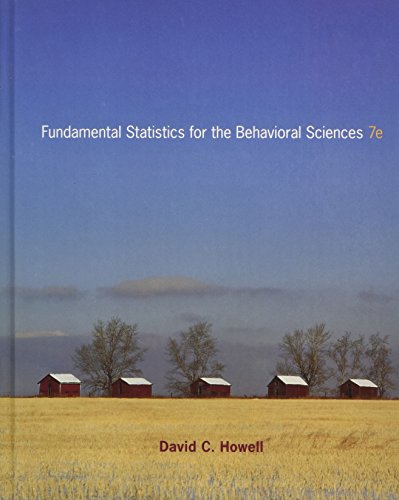In 1970, at the height of the Vietnam War, the U.S. government held a lottery to determine
Question:
In 1970, at the height of the Vietnam War, the U.S. government held a lottery to determine which individuals would be drafted. Balls representing the 366 possible birthdays were drawn from an urn, and the order in which the days were drawn represented the order in which young males would be drafted. (If your birthday was one of those selected early, you would have a low selection number and a very high probability of being drafted, and if it was one of those with a high selection number, you probably would not be called.) That particular lottery received considerable criticism because people born late in the year appeared much more likely to receive a low number. (The average selection number for those born in December was 121.5, while the average selection number for those born in January was 201.2.)
The results appear below. Graph these data and draw appropriate conclusions. There is every reason to believe that those that carried out the lottery did their best to be fair, but if you were one of those eligible to be drafted, would you be satisfied with the result? How might you explain these results? More complete data are available at http://www.amstat.org/publications/jse/v5n2/datasets.starr.html 62 Chapter 3 Displaying Data Jan Feb Mar Apr May June July Aug Sept Oct Nov Dec 201.2 203.0 225.8 203.7 208.0 195.7 181.5 173.5 157.3 182.5 148.7 121.5
Step by Step Answer:

Fundamental Statistics For The Behavioral Sciences
ISBN: 9780495811251
7th Edition
Authors: David C Howell






